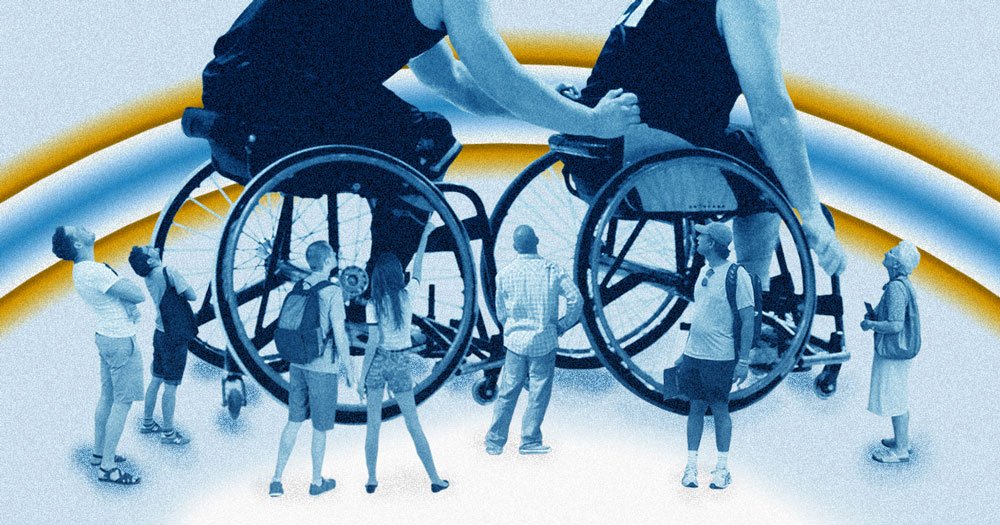I have no doubt that when that child with cerebral palsy and that child with one leg were getting around the opening stage of the Parapan American games last August to tell a story until they became adults who conquered a peak, alone but together, a flame that today has reached the local content industry was lit. A flame of which more and more brands feel they need to be part, hopefully, outside of the overpromise.
When we say that representation matters, it is because it really matters, not only for a small community, but for all its interlocutors. Being validated by the Peruvian State, in a public space, with mass transmission, for athletes in a high-performance event, outside of the traditional charitable or impoverishing vision, was a milestone for the various communities of people with disabilities, yes, but it opened a previously unknown vein in ourselves, the average or standard people, from a perspective of being able-bodied. Industry leaders began to understand that this visibility has nothing to do with the mindset of the market niche and that, therefore, their business was not in danger. That it was not about selling micro-targeted products, but about adding human community elements to the conversation to achieve something that the industries learned, to my surprise, too recently: empathy.
Is it a trend? It could be, for many, talking about what everyone talks about. Nothing new. But just like shoddy clothing, it deteriorates quickly. However, this new conversation stems from an authentic and more deeply rooted trend: the deconstruction of paradigms of normality. First, we go on to deconstruct gender from sexuality. Gays, lesbians, bisexuals and pansexuals began to become visible and there was talk of new ways of loving (and even new types of affective relationships). Since nobody beats love, the communication battle has many points accumulated there. Later, other ways of being a man, a woman, both or neither of them were made visible, as well as the various gender identities, not only of those who change their bodies, but also of those who question antediluvian roles: new masculinities, new femininities. They began to question gender roles, from home to consumption (of beer, the most recent). If being a woman or a man knew many formulas and none of them was intended to make anyone happy but oneself, the trend of body positivity was opened. What do you get from deconstructing gender, roles, and finally the body? The table was served to be able to look at those who see with other senses, to listen to those who feel the vibrations and speak with their hands, to sit with those who cannot stand up but do not stop moving, to be at the height of those who look up constantly. The deconstruction of what Anglophones call ableism.
This is not just a mix up of topics. Along with the general trend of the deconstruction of identities is intersectionality. Understanding that identities do not live alone: one is not only a woman, only LGBT, only a body type, only a person with a disability (PwD), only a social class, but a personalized equation that determines totally different life experiences for those who live each equation. In Women’s Month, speaking of intersectionality is the new important topic, and we will continue to deconstruct, not because it is a trend, but because this is the moment to use the empathy skill for an industry that is just learning to talk to people about whom they were so afraid to speak before.





